Spring is the season of renewal, making it the perfect time to breathe new life into your garden by planting trees. However, the key to ensuring that your trees flourish lies in the species you choose and in selecting the best location for growing them. Understanding the unique needs of each tree—such as sunlight, soil, and space—can make a world of difference in their growth and longevity. In this guide, we'll delve into how to evaluate your garden and select the optimal location for popular trees like Acer Rubrum (Red Maple), Nyssa Sylvatica (Black Tupelo), and Liquidambar Styraciflua (Sweetgum).
Understanding Your Garden's Environment
Before planting, it's essential to assess your garden’s environment. Each tree species has specific requirements that must be met for it to thrive. The main factors to consider are sunlight, soil, and space.
Evaluating Sunlight
Sunlight is one of the most critical factors in tree growth. Trees rely on sunlight for photosynthesis, the process by which they produce food. Understanding the light patterns in your garden will help you position your trees for optimal growth.
- Full Sun: Most trees require at least 6 hours of direct sunlight daily. Acer Rubrum, for example, thrives in full sun but can also tolerate partial shade.
- Partial Shade: Some trees, like Nyssa Sylvatica, prefer partial shade, where they receive filtered sunlight or morning sun followed by afternoon shade.
- Full Shade: Few trees can thrive in full shade, but some species, such as certain varieties of dogwood, are adapted to these conditions.
Pro Tip: Observe your garden throughout the day to understand which areas receive the most sunlight and at what times. This will guide you in placing your trees where they can receive the light they need.
Assessing Soil Quality
Soil is the foundation of tree health. The right soil type can enhance nutrient uptake, support root growth, and improve tree vitality.
- Soil Texture: Different trees have different soil preferences. For example, Liquidambar Styraciflua (Sweetgum) thrives in moist, well-drained soil but can adapt to a range of soil types, including clay and loam.
- Soil pH: Soil pH affects the availability of nutrients to trees. Acer Rubrum prefers slightly acidic to neutral soils (pH 5.5-7.0), which is common in many gardens. Conduct a soil test to determine your soil’s pH and amend it if necessary.
- Drainage: Good drainage is crucial for most trees, as waterlogged soil can lead to root rot. Raised beds or mounds can help improve drainage in areas where water accumulates.
Pro Tip: Amend your soil with organic matter, such as compost or well-rotted manure, to improve its texture and fertility. This will create a more hospitable environment for your trees’ roots.
Considering Space Requirements
Trees need ample space to grow to their full potential. Crowding can lead to resource competition, resulting in stunted growth or even the death of less dominant trees.
- Root Spread: A tree's root system often extends far beyond its canopy. Nyssa Sylvatica has a deep, extensive root system that requires plenty of space to spread out. Ensure that no underground utilities or structures could interfere with root growth.
- Canopy Spread: The canopy, or the upper layer of branches and leaves, can also occupy significant space. Liquidambar Styraciflua can grow up to 30 meters tall with a canopy spread of 10 meters or more. Plant trees far enough apart to allow their canopies to expand without overlapping.
- Future Growth: When choosing a planting location, consider the tree’s mature size. Acer Rubrum can grow up to 20 meters tall, so it’s essential to plant it in an area with room to reach its full height.
Pro Tip: Plant smaller trees or shrubs beneath larger trees to create a layered effect in your garden. This not only maximizes space but also enhances biodiversity.
Selecting the Right Location for Specific Trees
Now that you’ve assessed your garden’s sunlight, soil, and space, it’s time to apply this knowledge to select the best location for specific trees.
Acer Rubrum (Red Maple)
- Sunlight: Prefers full sun to partial shade. Choose a spot that receives at least 6 hours of daylight.
- Soil: Thrives in moist, slightly acidic soils with good drainage. Avoid areas with alkaline or poorly drained soils.
- Space: Plant in an area that can grow up to 20 meters tall and 10 meters wide. Ensure that there is enough room for its roots to spread.

Nyssa Sylvatica (Black Tupelo)
- Sunlight: Prefers partial shade, making it ideal for planting near taller trees that provide dappled sunlight.
- Soil: It prefers acidic, well-drained soils but can tolerate a range of conditions. It is ideal for gardens with natural woodland characteristics.
- Space: It requires space to accommodate its deep root system and a canopy that can spread up to 12 meters. Plant it away from buildings and underground utilities.

Liquidambar Styraciflua (Sweetgum)
- Sunlight: It thrives in full sun but can tolerate partial shade. Choose a location that receives morning sun and afternoon shade.
- Soil: It prefers moist, well-drained soils with a slightly acidic to neutral pH. It is suitable for a variety of garden conditions, including clay soils.
- Space: Can grow up to 30 meters tall with a wide canopy spread, so plant in an open area with plenty of room for growth.
Planting and Care Tips
Once you've selected the ideal location, it’s time to plant your trees. Here are some essential tips to ensure their success.
- Planting Depth: Dig a hole twice as wide as the root ball but no deeper. The top of the root ball should be level with the surrounding soil.
- Watering: Water thoroughly after planting and maintain consistent moisture levels, especially during the first few years.
- Mulching: Apply a layer of mulch around the tree's base to retain moisture, regulate soil temperature, and prevent weed growth. Keep mulch away from the trunk to avoid rot.
- Staking: Stake young trees if necessary to protect them from wind damage. Remove stakes after one year to allow the tree to develop a strong trunk.
FAQs
Q1: How much sunlight do trees like Acer Rubrum and Nyssa Sylvatica need?
A1: Acer Rubrum thrives in full sun to partial shade, while Nyssa Sylvatica prefers partial shade. For optimal growth, ensure at least 4-6 hours of sunlight.
Q2: What is the best soil type for Liquidambar Styraciflua?
A2: Liquidambar Styraciflua prefers moist, well-drained soils with a slightly acidic to neutral pH. It can tolerate a variety of soil types, including clay.
Q3: How much space should I leave between trees when planting?
A3: Space depends on the mature size of the tree. For example, Acer Rubrum requires at least 10 meters of space for its canopy spread, while Nyssa Sylvatica needs about 12 meters.
Conclusion
Selecting the best location for your new trees is critical in ensuring their long-term health and beauty. By carefully evaluating sunlight, soil, and space, you can create an environment where trees like Acer Rubrum, Nyssa Sylvatica, and Liquidambar Styraciflua thrive for years. Remember, a well-planned garden is a feast for the eyes and a sustainable habitat supporting diverse plant and animal life. Happy planting!


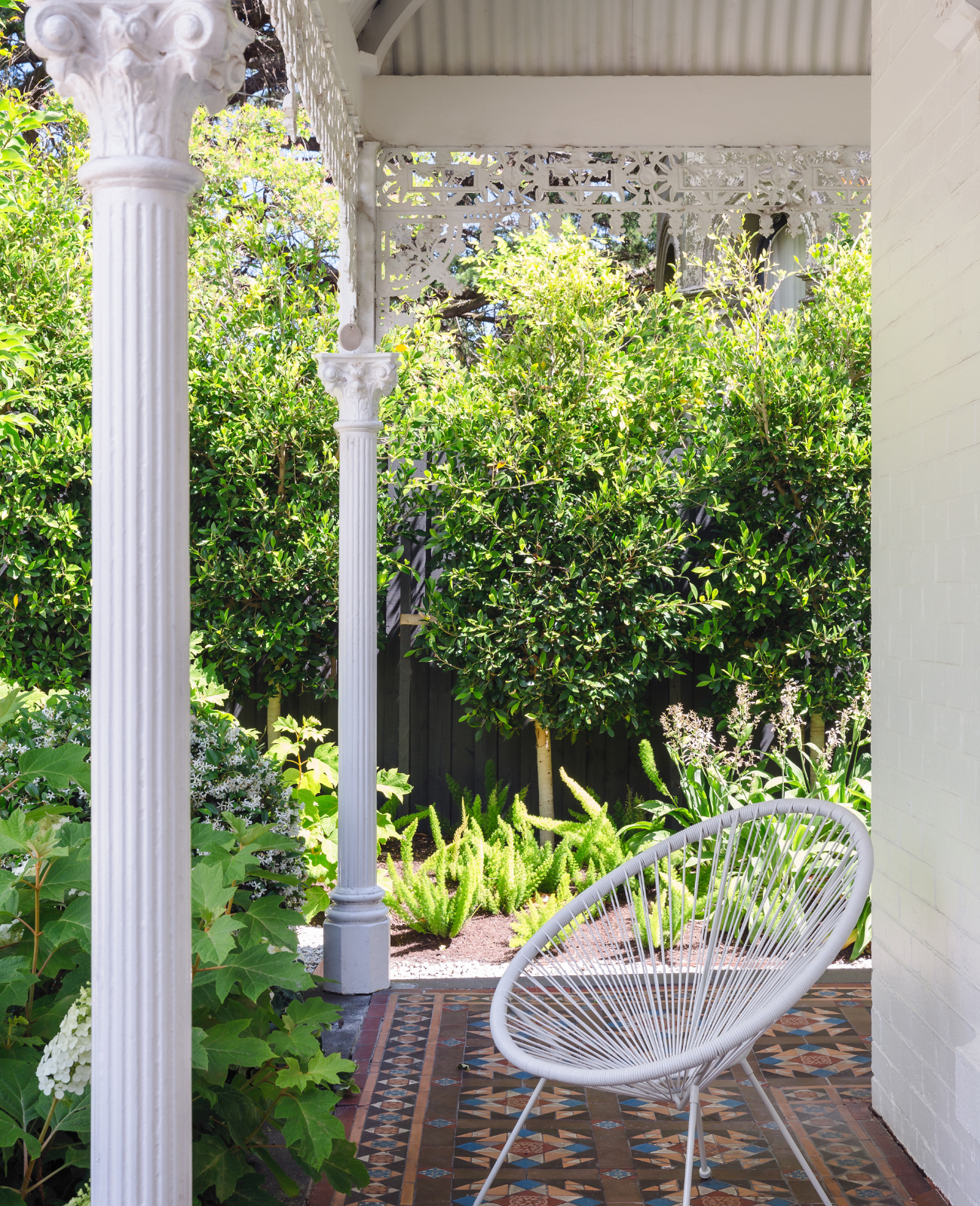
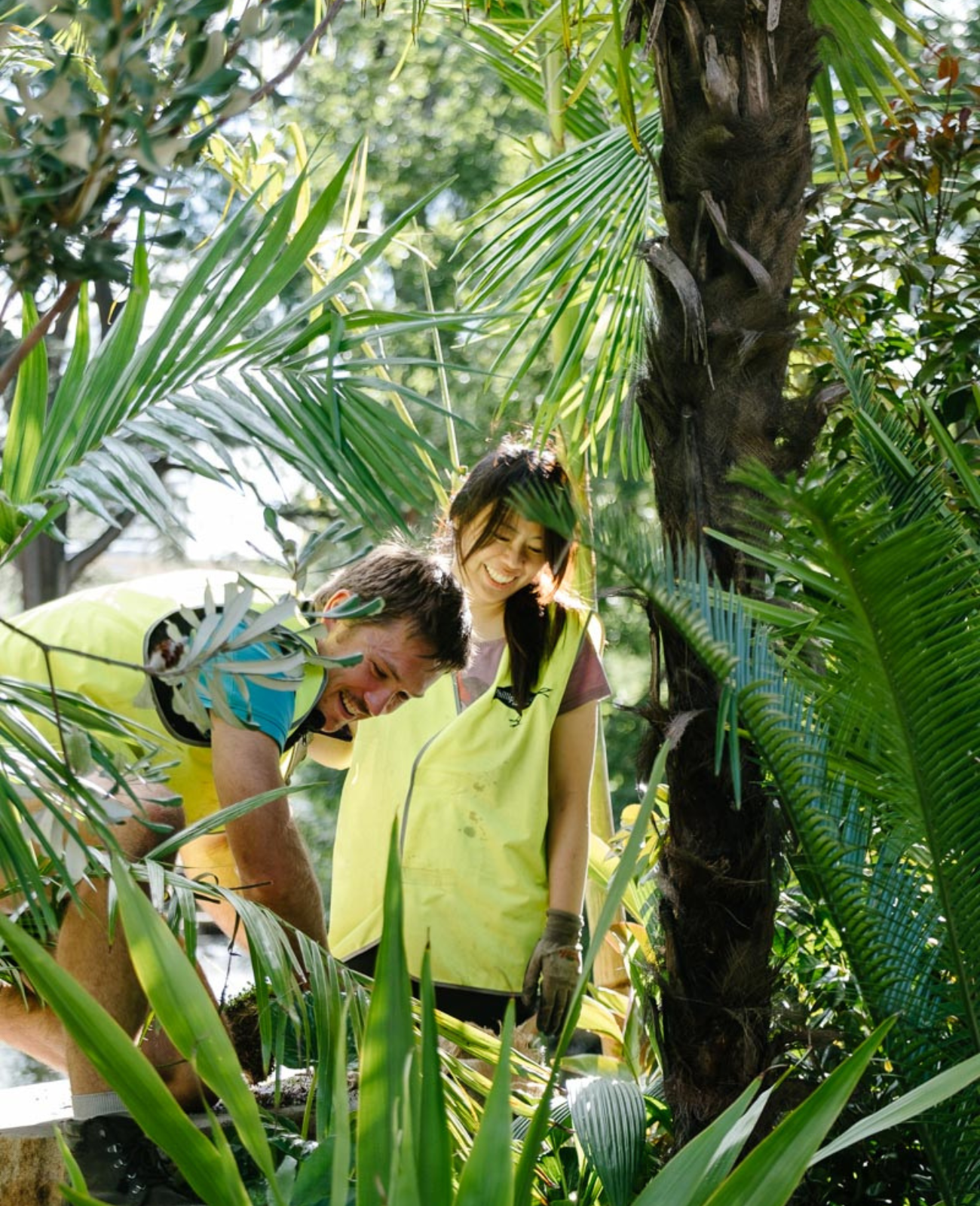
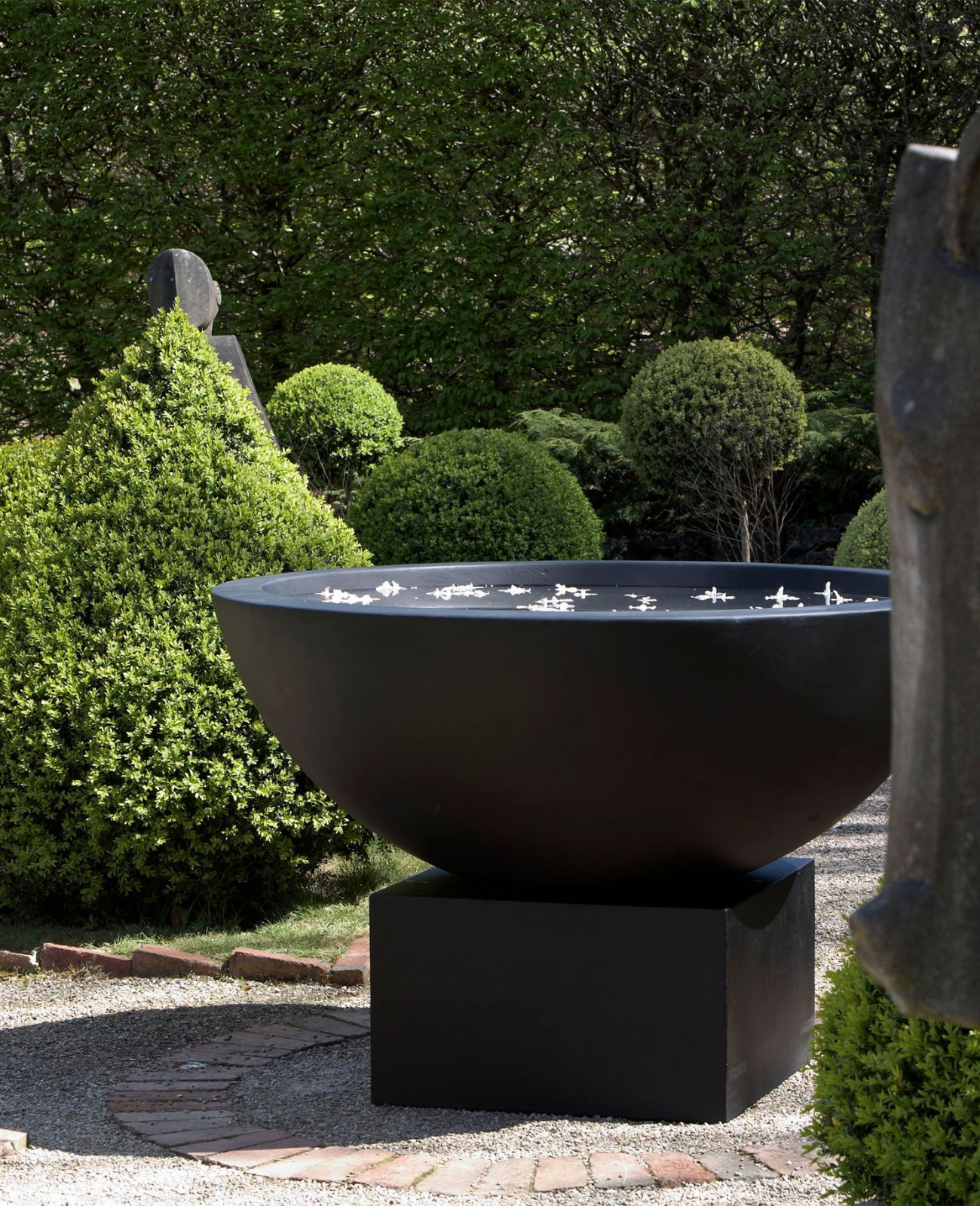
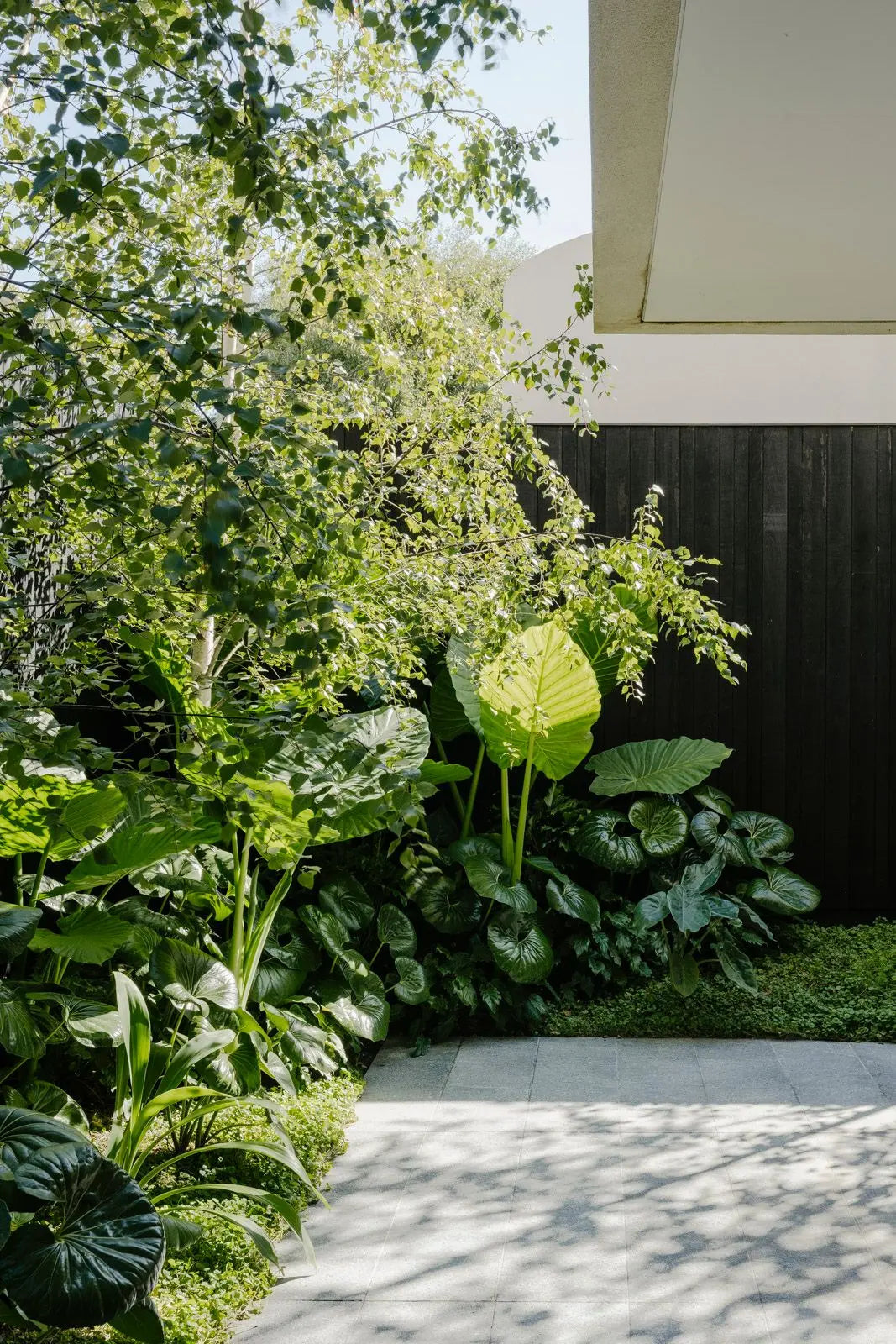
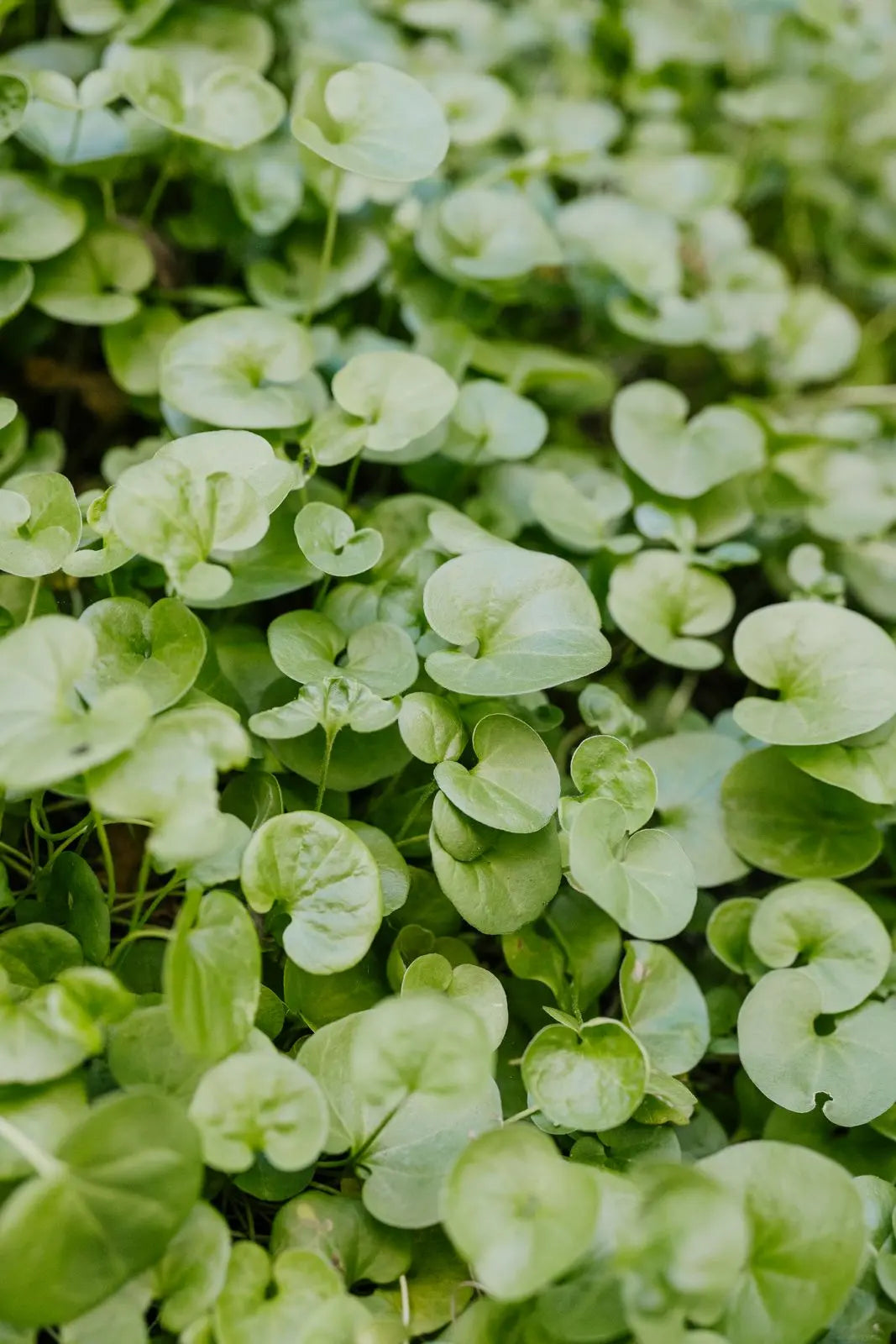
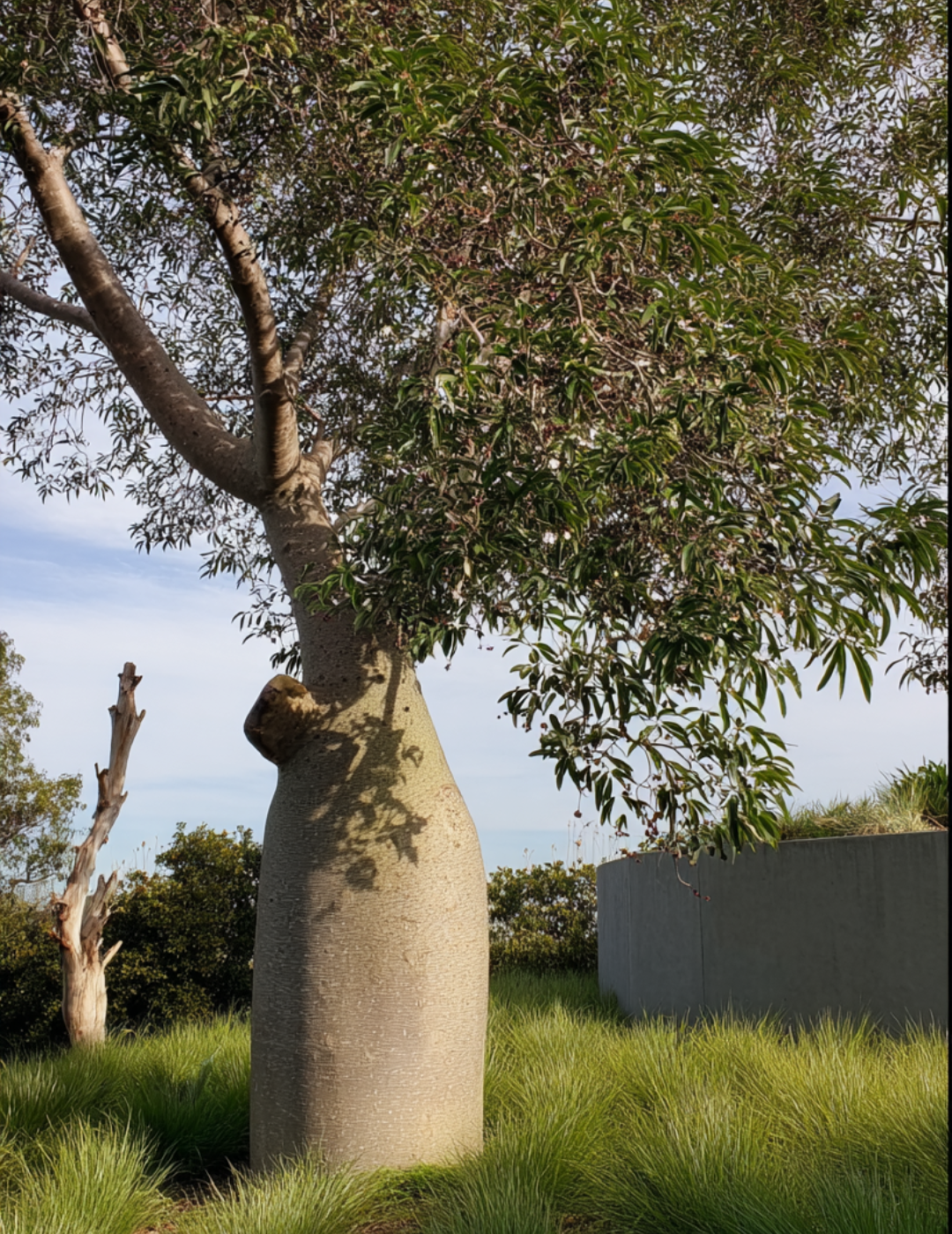
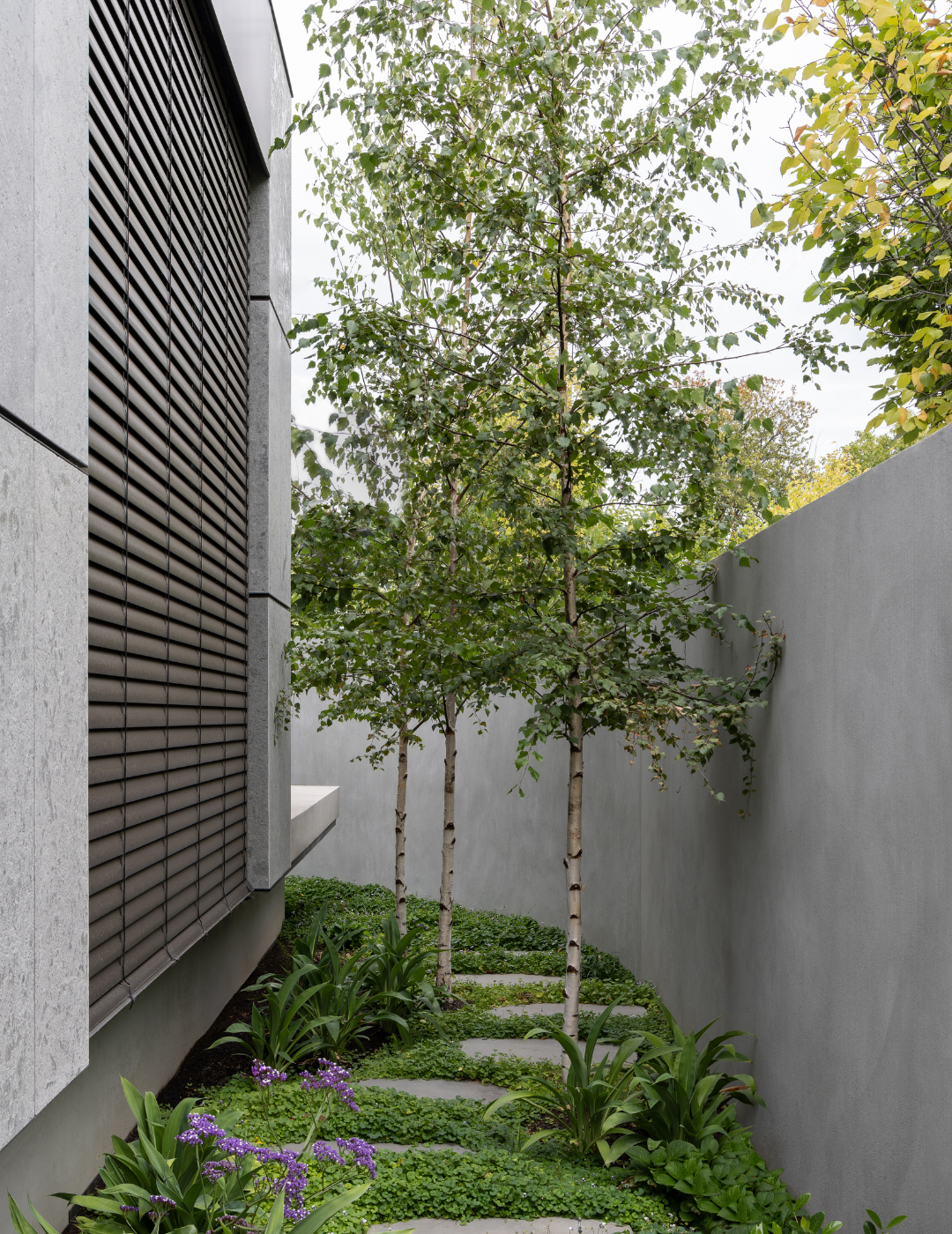
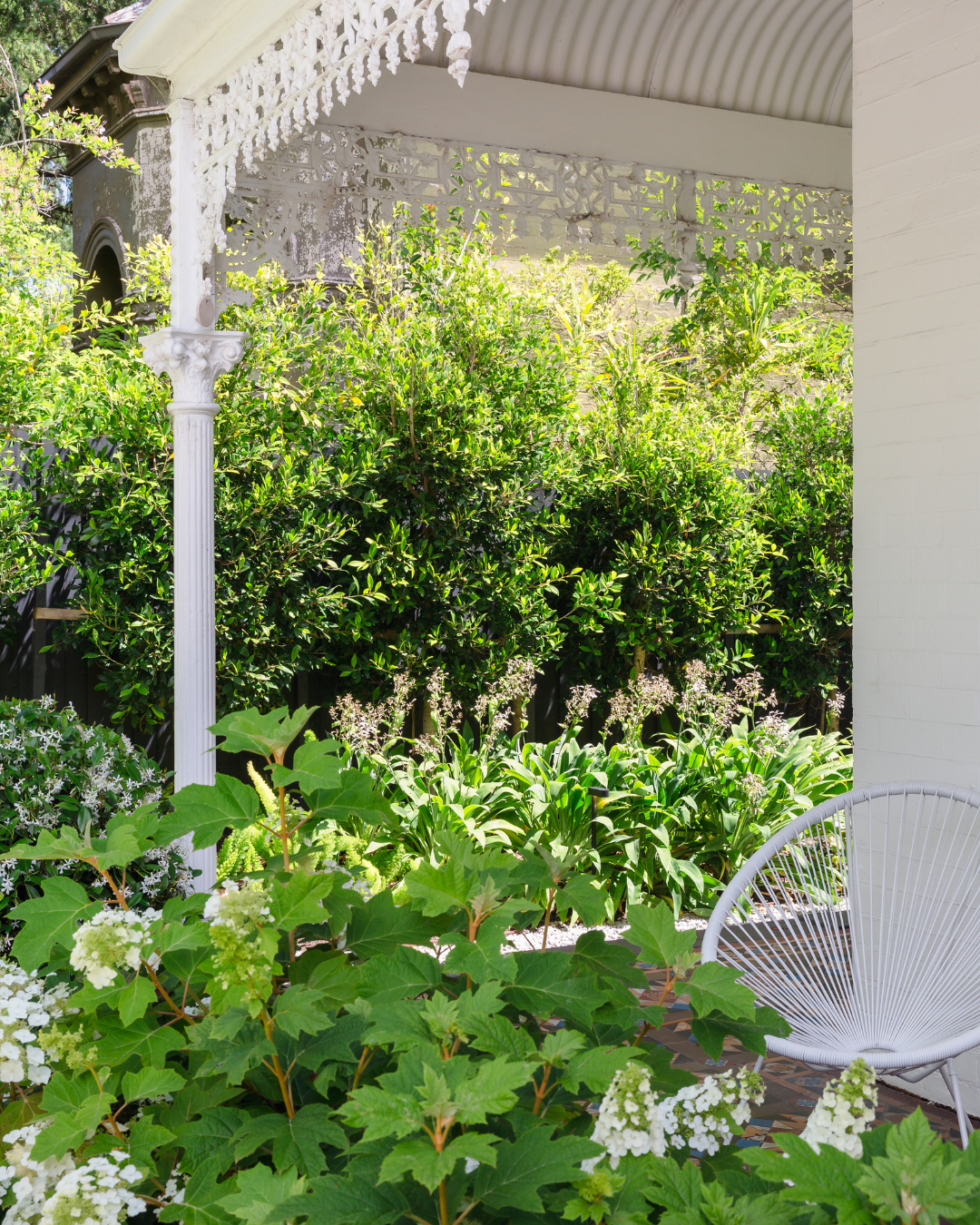
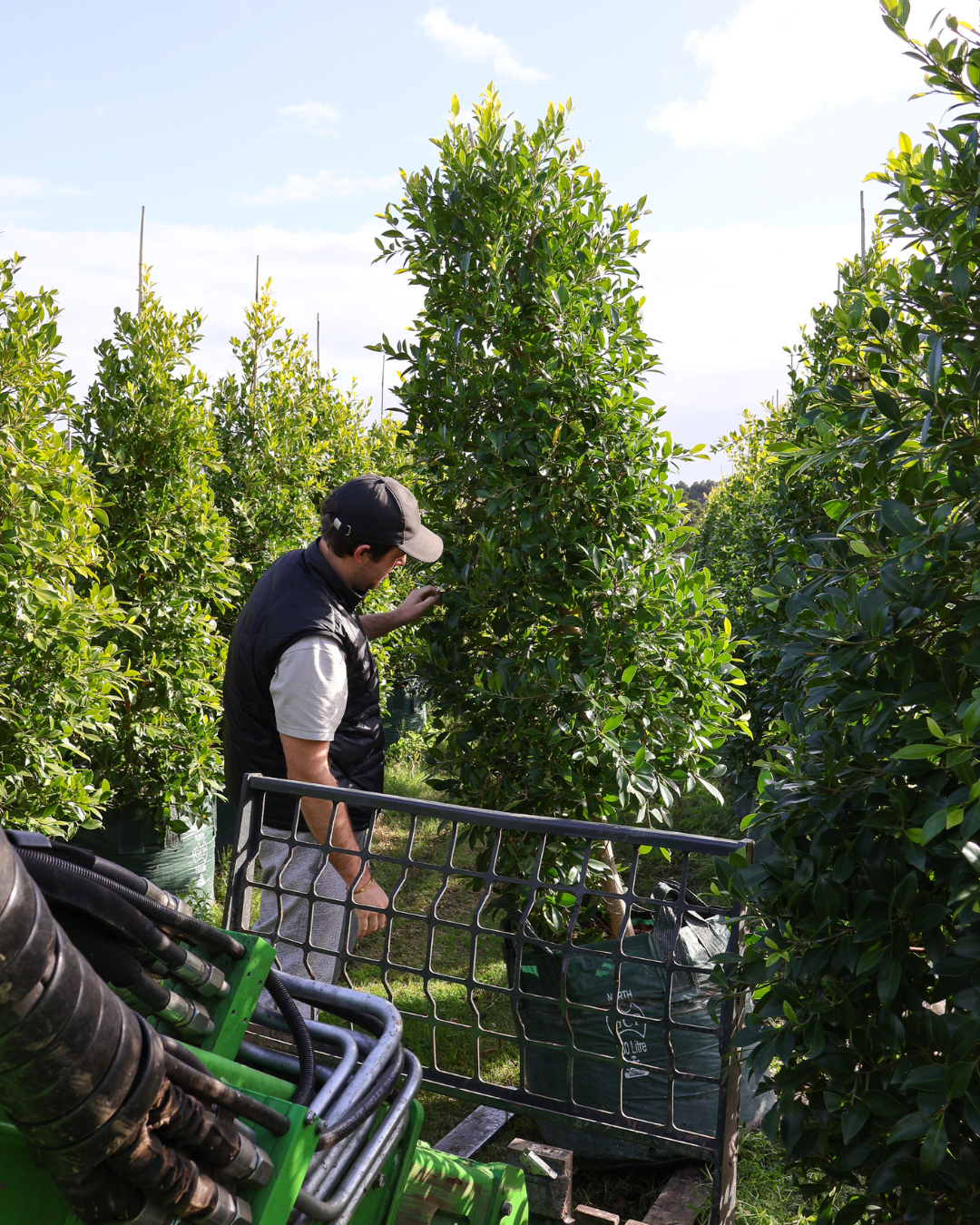
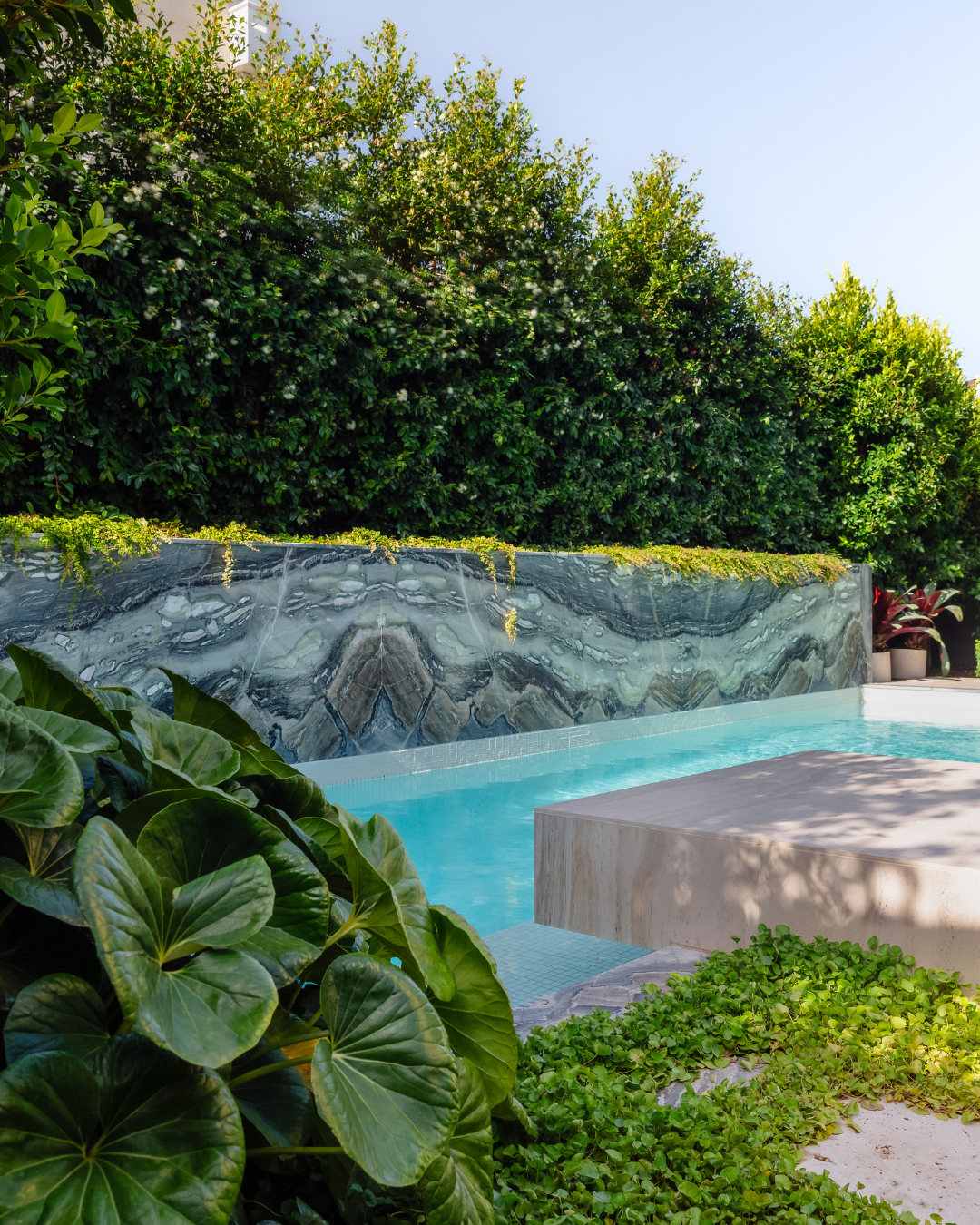
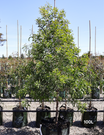
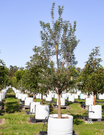
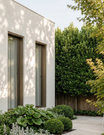
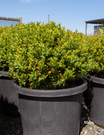
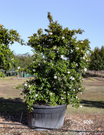
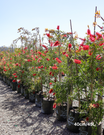
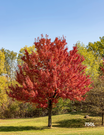
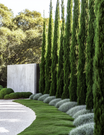
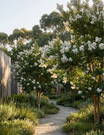

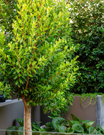
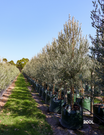
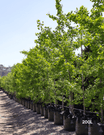
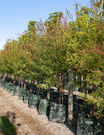
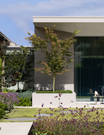
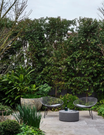
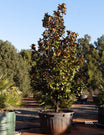
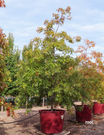
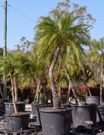
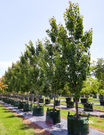
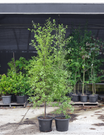

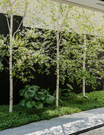

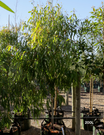
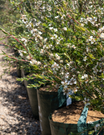
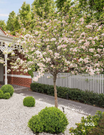
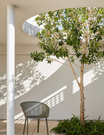
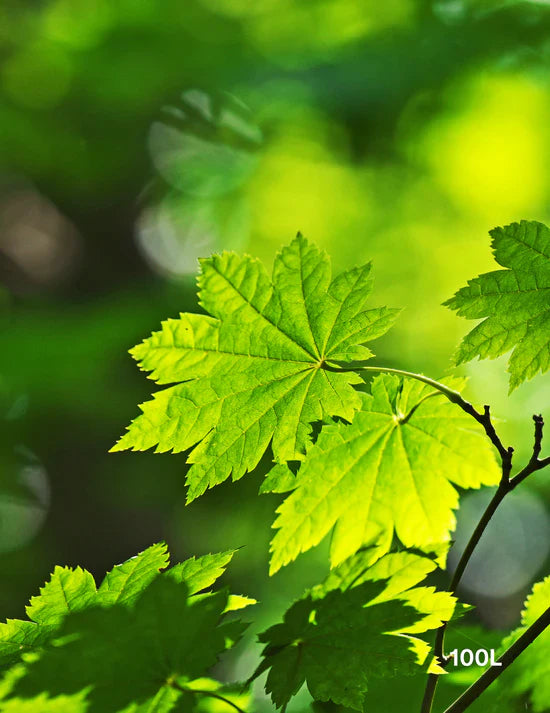

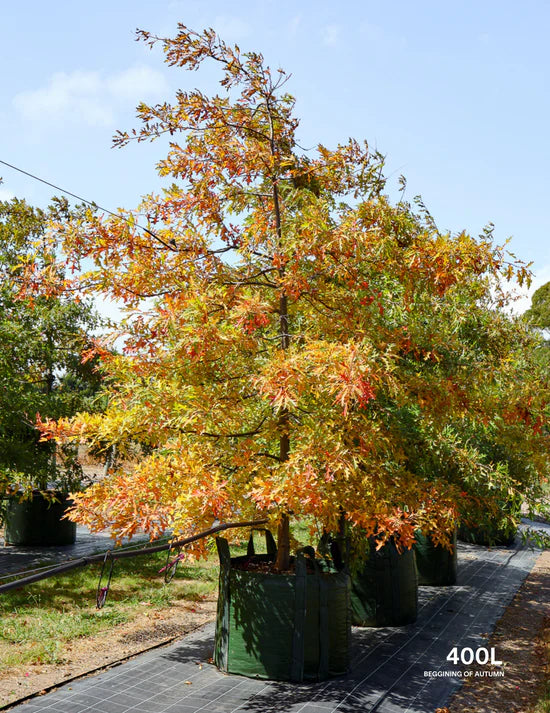
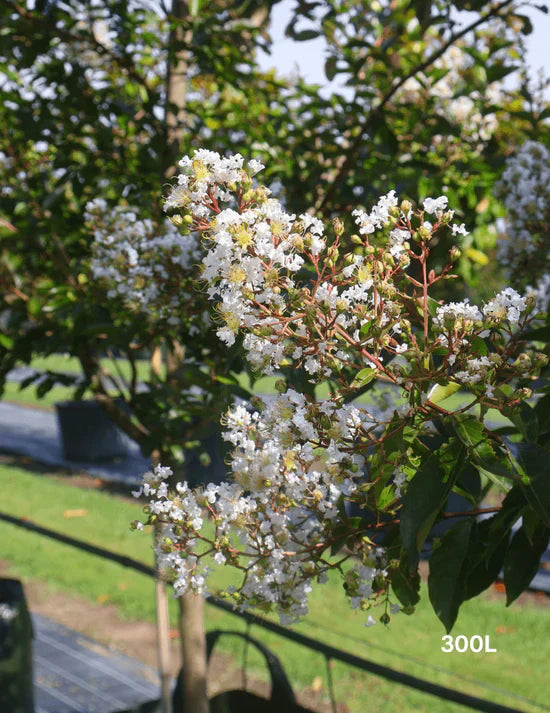
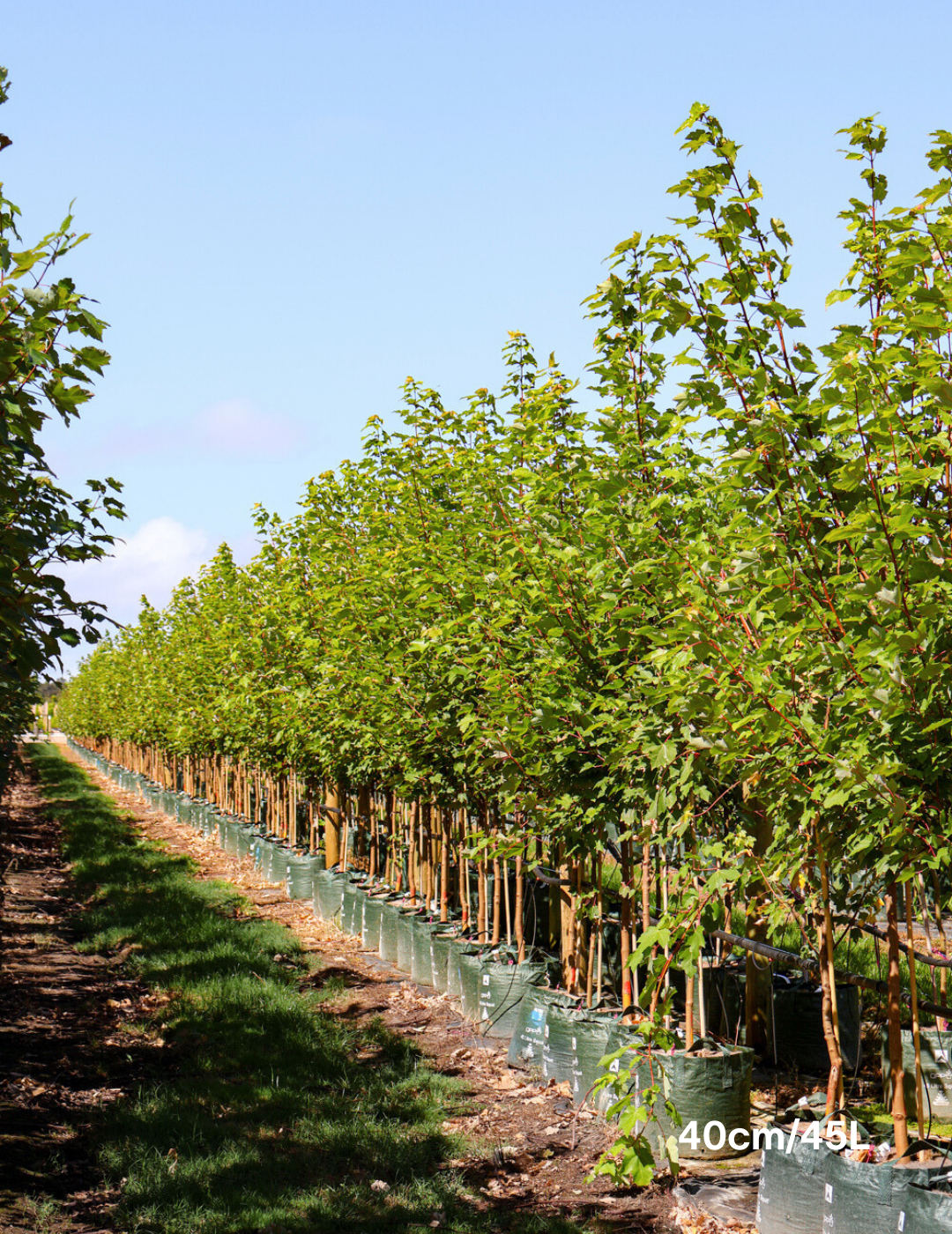
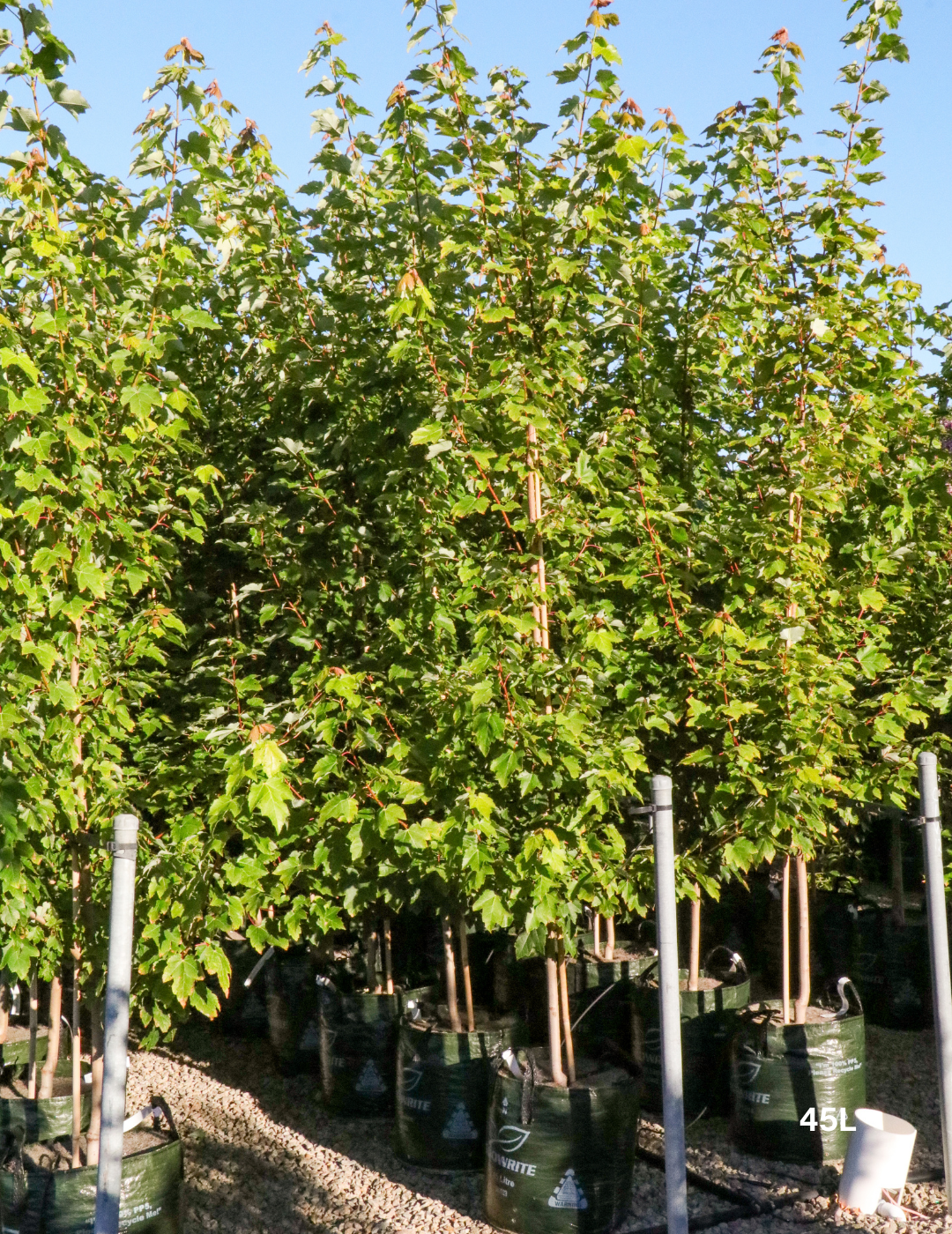
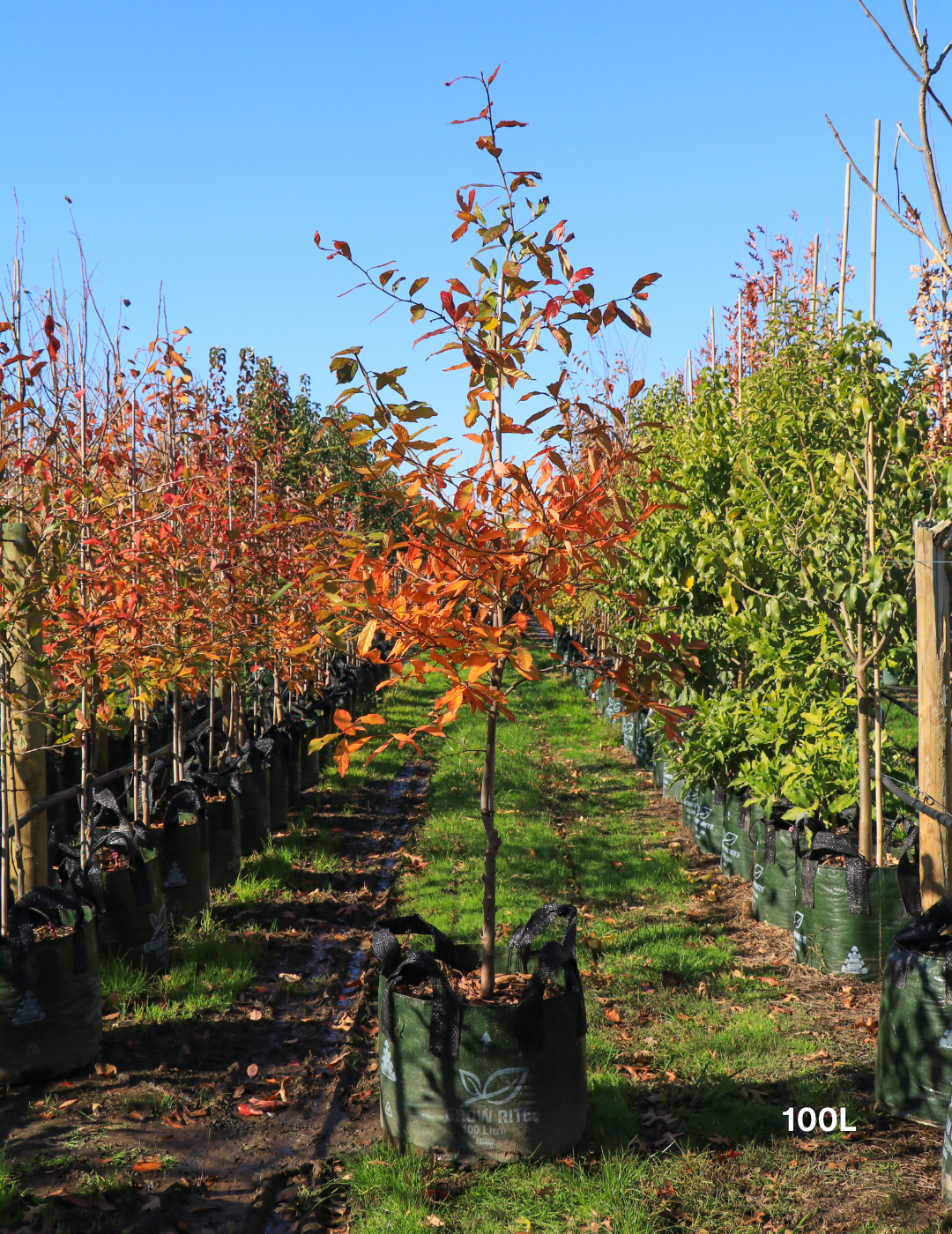
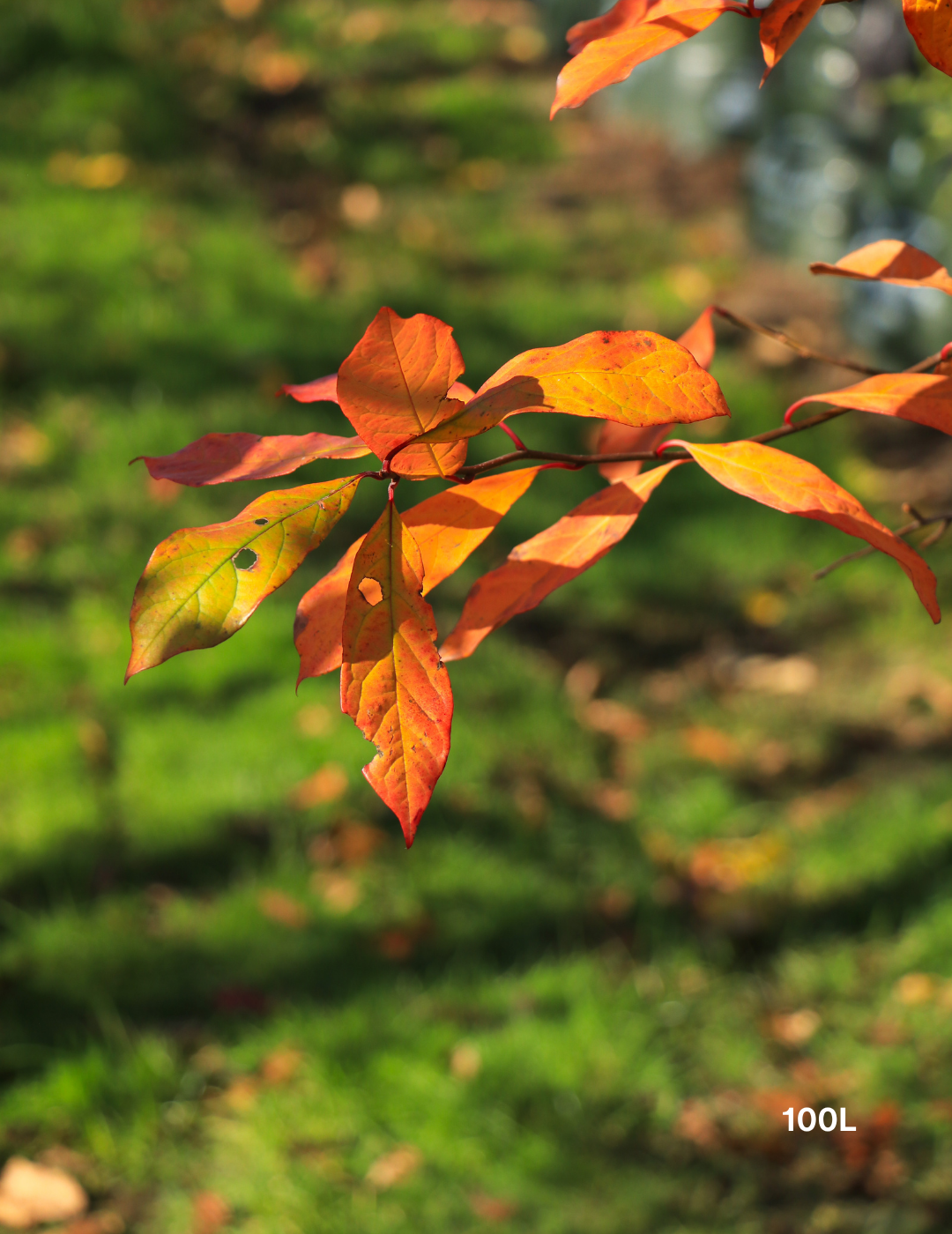
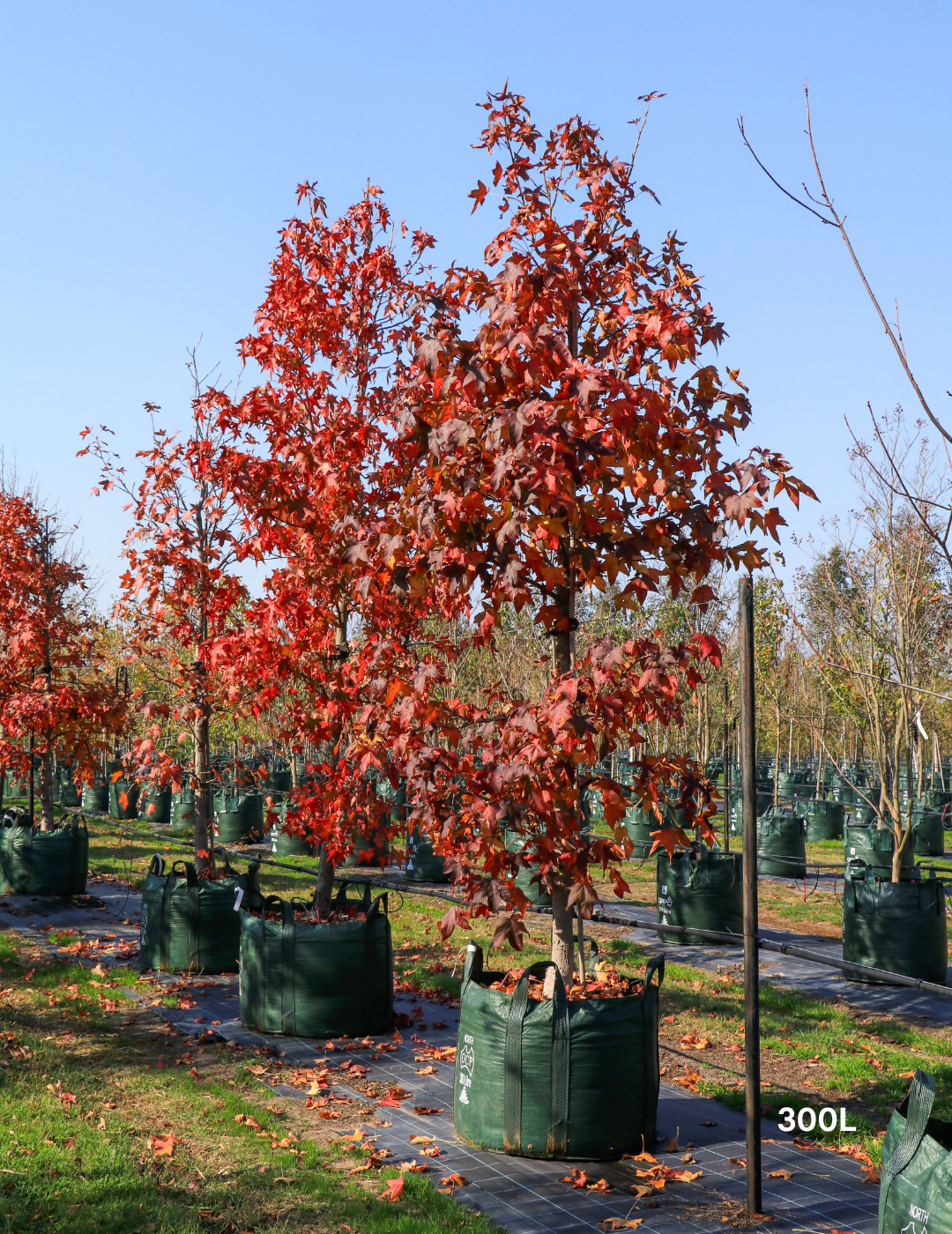
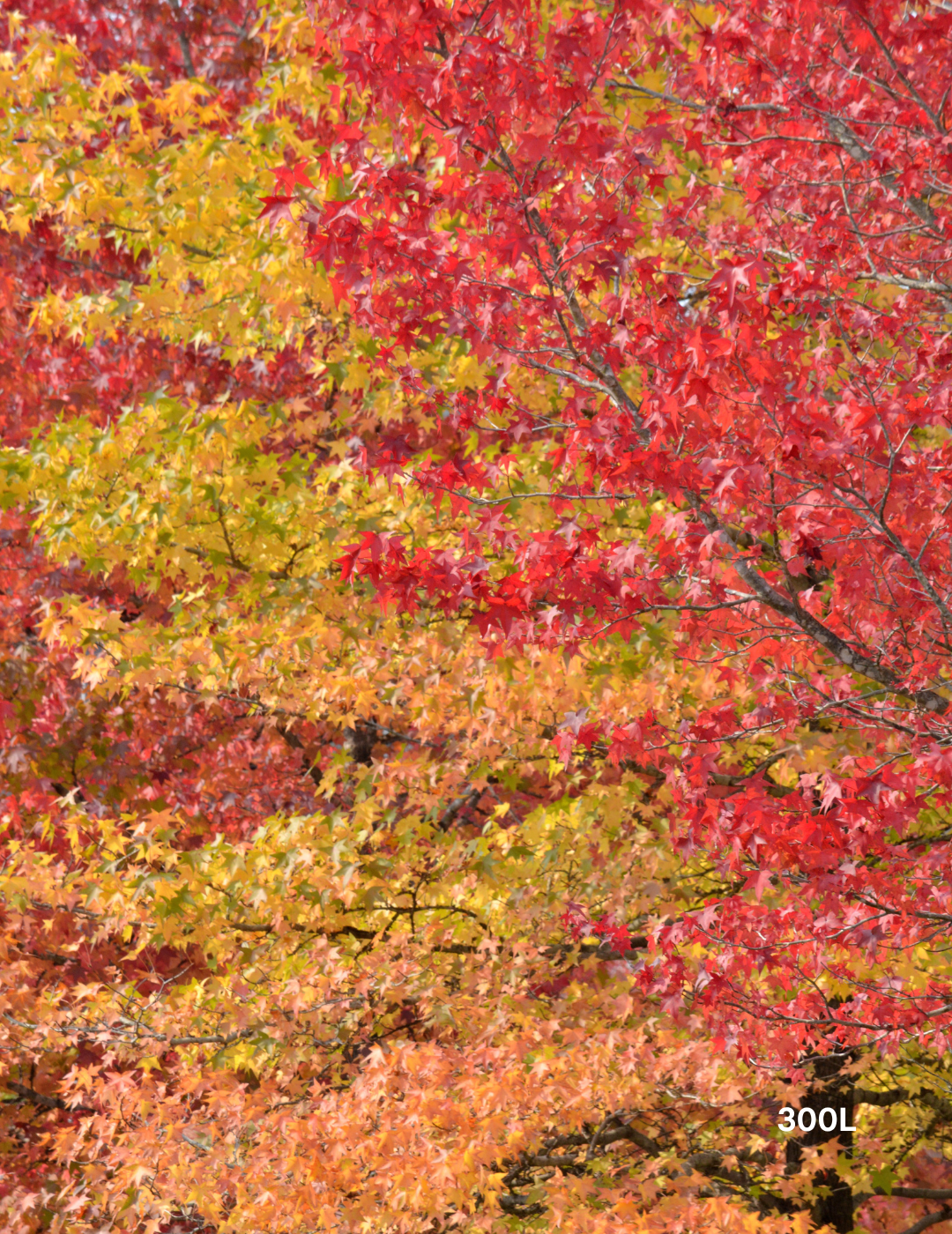
Leave a comment
This site is protected by hCaptcha and the hCaptcha Privacy Policy and Terms of Service apply.